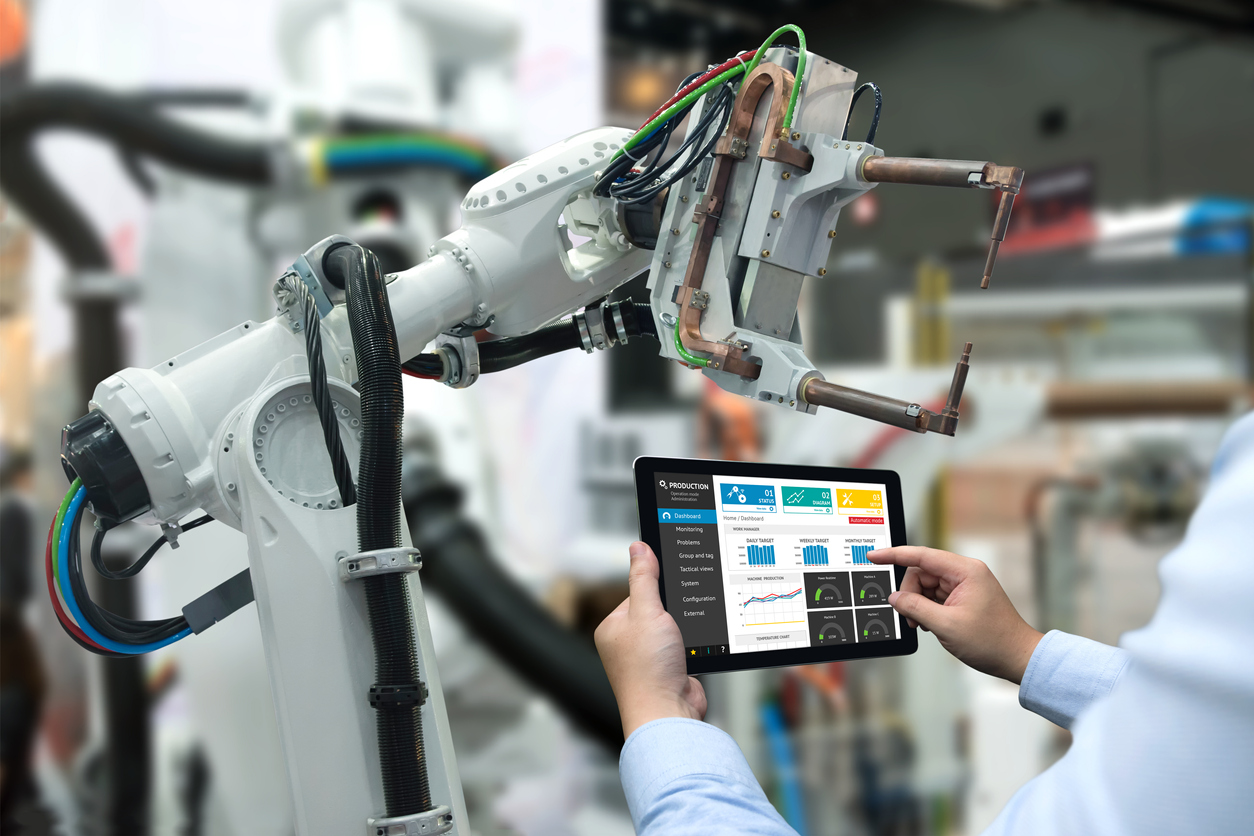The Emerging World of AI and Human-Centered Design

"*" indicates required fields

Artificial intelligence has advanced to new heights in a relatively short period of time. In less than six decades, we have gone from discussing the mathematical, logical, and philosophical underpinnings of machine intelligence to having the capability of automated image and voice recognition in the palm of their hands.
However, artificial intelligence still has a long way to go. And, machine learning is driving the change. Still in infancy stage, it requires human supervision to correct predictions and generate feedback loops. Note, this is called human-in-the-loop, or HITL, within the industry. Because AI product or service functions to solve human problems or address human needs, the technology requires a human touch. This is particularly true given instances of drastically unethical or inaccurate results from AI.
Integrated human-centered design in AI applications serves offers the best solution. So, let’s explore why human-centric design is important for AI and how it can benefit users.
Any technical or non-technical product or service has one goal: to provide a solution for customers’ problems and needs. The main reason why some products or services fail is because they do not have the end-users’ experience in mind.
Keeping end user experience in mind is crucial for such complex products and services. We can employ an ace team of data scientists and computer engineers to produce intricate neural nets and software that process vast data streams. But, how are these resources and tools benefiting the end-user? Will they be able to make sense of it at all?
This is where UX for machine learning comes into the picture. The rewards are notable when UX designers model their AI product or service (such as data analytic or business intelligence tools) for greater adaptability and usability by the human user. Moreover, any successful future AI product or service to implement a human-centered design process necessitates this approach.
Let’s look at some of the crucial benefits that a human-centered AI design can deliver.
Tech products, and particularly AI-based products such as analytics, often involve working with huge amounts of data, multi-platform integrations, unwieldy analytics, and computer code. However, the end-users of AI services are usually non-data scientists and non-technicians. Instead, they’re often business decision-makers who may be less versed in computer or AI technicalities.
By considering human users at the end of the process, designers can restructure the model and minimize unnecessary complexities. As a result, users of such AI products will have less difficulties understanding and working with the AI.
Building upon the last point, AI products when communicating the same language as the user. Moreover, AI uses established usage patterns from the vast amount of human-written data to speak in a natural language that is understandable by the user.
A natural language is any ordinary language that has evolved naturally through repetitive use without any premeditation or planning. These are our human languages, like English, Chinese, German, Swahili, etc.
If AI can model its language interface based on a natural human language, this helps cut through the noise and confusion and deliver clear, actionable messages for the end-user. No one benefits if users are forced to learn strange interactions and artificial, complex code or symbology.
Much of the vast amounts of data that AI sifts through and provides results on may not always be useful to target clients. When developing their AI products or services, computer scientists should take a market-first approach. More specifically, identify the target clientele, their needs, the kind of functionality they can work with, and the terminology they frequently use in their work, etc. Doing so ensures that AI provides a seamless user experience.
AI implementation applies not only in the business world, but also in areas like healthcare, education, ecology, logistics, travel, hospitality, government, etc. and many other fields. Tailor-made AI for user experience caters to the relevant needs within each sector. This is seemingly the strongest path towards greater widespread usage of AI.
Not all of these improvements or transitions towards human-centric design need to be implemented before the product’s release. Therefore, users can can provide feedback to remove unnecessary interactions and add more helpful new features.
Moreover, fine-tuning AI through user feedback is essential to end undesirable patterns that give unethical results. For instance, image recognition software has only recently been giving racist results that marginalize the black population. Another example is Tay, a chatbot that learns through conversations with its user. The chatbot had to be off-loaded within a short time after pranksters trained it to say sexist, fascist, and racists statements.
Continuous AI fine-tuning and user feedback application to the process should eliminate similar issues in future releases. Clearly, AI designer’s increased involvement with their user base allows for AI adjustments for greater reliability, ethical , user-friendliness, and efficiency.
All these human-centered changes amount to one thing. That is, the end-user gains greater control over AI through key insights and results relevant to their specific domain. This contributes to developing trust with in the mind of users who are often suspicious of automated processes. Furthermore, AI systems are more likely to produce significant economic benefits while being socially acceptable with consideration towards user psychology and needs. All in all, human-centered design can help minimize the gap between technical AI algorithm outputs and the desired outcomes by better enabling human-AI interaction.
Contact Us
Percento is a Professional IT Consulting, Implementation and Management firm. To find out how we can help your organization, please contact one of our friendly sales representatives. We will review of your system and a comprehensive (No Obligation) proposal of services. Call today toll-free at 800.614-7886 [Austin | Dallas | Houston | League City | Sugar Land | The Woodlands | San Antonio] or email us at sales@percentotech.com